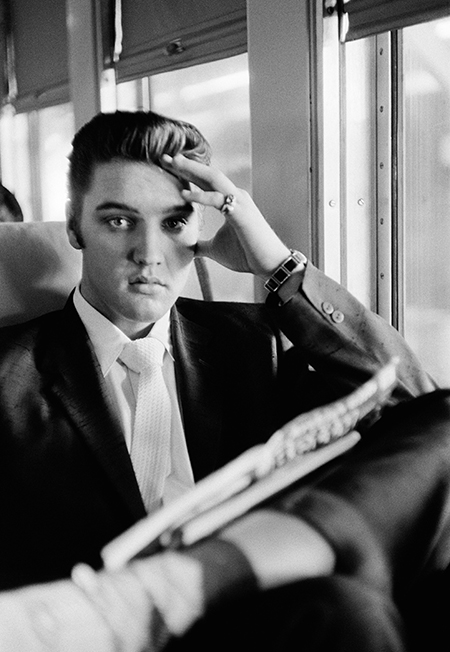Me and Elvis we were cool with the chicks
We had a smooth delivery and we knew how to get our kicks
Me and Elvis never worried ‘bout the cops
He flashed that badge he got from Nixon every time that we got stopped
Me and Elvis used to play pinball all day
And the machines would never tilt, no one ever had to pay
Me and Elvis liked our leather jackets black
And we’d ride up and down the river in a brand new Cadillac
Me and Elvis, Elvis and I…
— Human Radio (1990)

I always say, Memphis music is about one-third of any Memphis boy’s discourse, the other two-thirds being the Civil War and barbecue. Those are not rules of my own creation; it just works out that way.
By the time I was old enough to appreciate the world around me, several huge figures in Memphis music had come and gone, some tragically, others by choice or poor fortune. W. C. Handy, the first person to put Memphis music on the map, died in 1958, five years before I was born. Otis Redding and four of the Bar-Kays were killed in a plane crash in 1967, and Stax Studio, home of the Memphis sound, went bankrupt in 1975. Also, the owner of Graceland was found dead in his upstairs lounge on August 16, 1977. However, F. Scott Fitzgerald’s comment that “There are no second acts in American lives” does not apply to Memphis music. If anything, Memphis is the musical cat that has nine lives, and quite possibly more.
Growing up, we took great music for granted. Even though I can barely read a note of music, the Memphis music experience is such an immersive one that most people who are like me—eclectic listeners, really—recognize Memphis as the center of not one, but several schools of quality sound. Clubs and concerts featured acts coming through the city who wanted to play Memphis just for the sake of playing Memphis. The Sex Pistols played Memphis on January 6, 1978, one of their seven American stops before their breakup.
By the time I was in college, I started hearing the stories and meeting a lot of the people. It seemed like every guy I knew in Memphis said he was a musician; some guys actually were. A lot of us would go drink beer in places where bands played. Even in Memphis there are awful gigs, of course, and I remember two guys I know absolutely murdering a cover of the Eurythmics “Here Comes the Rain Again.” Another night, I remember a metal band in a low rent club crucifying a baby-doll on a drum stand while the band members stripped and danced naked around the scene. Those guys are probably accountants or database administrators now.
I was not impervious to it all, by any means. I learned to run sound a little, I ran laser shows for a while—I titled and co-produced the longest running Elvis laser light show to date back in the 1980s—Elvis: Legacy in Light, a sanctioned event of Elvis International Tribute Week. Later on, I even moved pianos—possibly the heaviest work I’ve ever had outside working for my dad—for a rockabilly piano player named Jason D. Williams, a man who claims to be Jerry Lee Lewis’s illegitimate son.
Through it all, I kept notes and listened, and built up my mental encyclopedia of Memphis music and I saw, I heard, I met, and I read about many, many of those who helped give Memphis the name it has in music. Without ever realizing it was happening, I was taken over by the hometown industry, no different than had I grown up in Hollywood and decided to go into entertainment.
For the past eleven years, I have lived in Washington and researched and written for the Smithsonian National Portrait Gallery. In that time, I have curated and co-curated two Elvis exhibitions, and written thirty articles and co-produced ten short films on the Civil War. I am hoping my next assignment will be to put together a nice work on barbecue.
—Warren Perry, writer, Smithsonian National Portrait Gallery, and guest blogger
Warren Perry—author of Echoes of Elvis: The Cultural Legacy of Elvis Presley and co-author of Elvis 1956: Photographs by Alfred Wertheimer—will discuss how Elvis’s life, widespread fame, and legend fit into the greater framework of American culture and beyond on Friday, October 12, as part of the Gibbes Museum’s Art & Fame lecture series. The series was organized as a complement to the Sound and Vision: Monumental Rock and Roll Photography exhibition. To purchase lecture tickets, visit our online calendar at gibbesmuseum.org/events.
Published September 28, 2012


